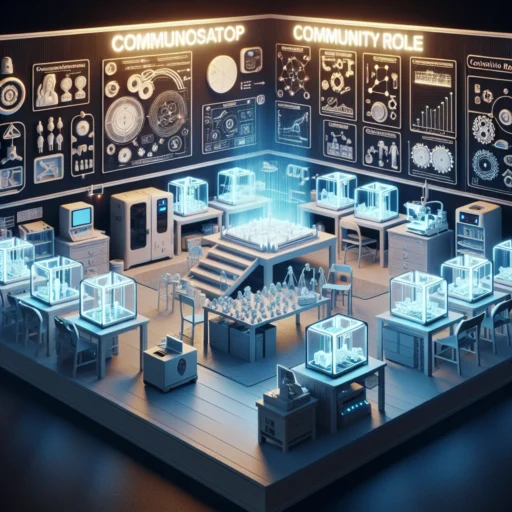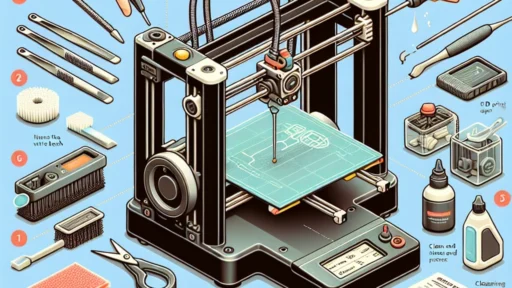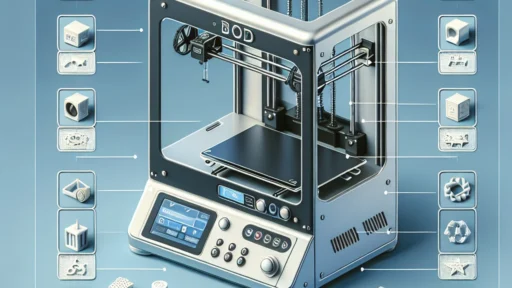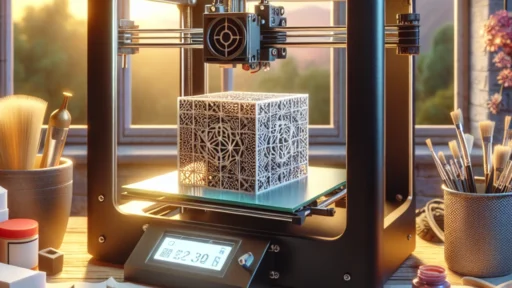The Role of Community in Advancing 3D Printing Technology
In the realm of technology, few advancements have sparked as much excitement and potential as 3D printing. Once considered a niche tool for engineers and designers, 3D printing has evolved into a powerful innovation that is reshaping industries from healthcare to aerospace. However, an often-overlooked catalyst in this technological revolution is the community behind it. The collaborative spirit and camaraderie among enthusiasts, professionals, and educators are playing a pivotal role in advancing 3D printing technology.
The Power of Sharing Knowledge
One of the greatest strengths of the 3D printing community is its commitment to knowledge sharing. Forums, online groups, and DIY workshops have sprung up worldwide, creating spaces where individuals can exchange insights, troubleshoot problems, and inspire one another. Websites like Thingiverse and MyMiniFactory allow users to share their designs and creations, empowering newcomers to learn from those with more experience. This openness reduces the steep learning curve often associated with new technologies and enables hobbyists and professionals alike to refine their skills.
For instance, you might find a designer who has mastered the art of creating flexible prints or someone who has devised an innovative way to print with biodegradable materials. By sharing tutorials, videos, and design files, they help elevate the entire community. Imagine trying to learn the intricacies of a complex software by yourself – it can feel overwhelming. However, with the support of a community that actively shares tips and techniques, you can quickly expand your understanding and capabilities.
Collaborative Projects and Innovation
Collaboration is at the heart of many advancements in 3D printing technology. Take, for example, the successful development of open-source hardware. Groups like the Open Source Hardware Association and platforms such as Arduino have encouraged innovation by allowing designers to share their blueprints and iterate on each other’s work. This not only accelerates development but also stitches a fabric of trust and mutual respect among creators.
Consider the medical field, where advancements in 3D printing are often fueled by collaborative efforts. Medical professionals, engineers, and researchers are coming together to create bespoke prosthetics or even bioprinted organs. The sharing of data and expertise between these disciplines allows for rapid iterations and improvements in design and functionality. Such collaborations can be game-changers, turning imaginative ideas into tangible solutions that improve lives.
Local Makerspaces: Hotbeds of Creativity
If you’ve ever wandered into a makerspace, you can feel the palpable energy flowing through it. These collaborative spaces allow individuals to access 3D printers, tools, and resources they might not have at home, all while connecting with like-minded enthusiasts. Makerspaces like TechShop and FabLab have been instrumental in promoting 3D printing technologies at a grassroots level.
In these environments, members collaborate on projects, learn from each other, and often tackle real-world problems together. Imagine a local group coming together to print parts for a community renewable energy project or creating custom devices for individuals with disabilities. These hands-on experiences often lead to creative solutions that are truly reflective of community needs and inspire further innovation.
Encouraging the Next Generation
The importance of community extends beyond current enthusiasts into inspiring the next generation of makers and thinkers. Educational initiatives that incorporate 3D printing into the curriculum are becoming more popular. Schools and universities are establishing clubs and programs that allow students to explore design and printing firsthand. By emphasizing hands-on learning, these programs help students develop problem-solving skills and a creative mindset.
Moreover, community workshops often host events like “3D Printing 101” sessions, inviting families and children to learn together. This not only builds interest in technology but also fosters a sense of belonging among participants. The excitement felt during these community-driven events can encourage young minds to pursue careers in STEM fields and continue pushing the boundaries of technology.
A Future Fueled by Community Spirit
As we look at the future of 3D printing technology, it’s clear that the power of community will continue to play a vital role. From fostering innovation to inspiring the next generation, the collective efforts of individuals and groups are what make this technology so transformative. Whether you are a seasoned designer or a curious beginner, being part of this vibrant community means you’re not just a spectator; you’re a participant in a thrilling journey of creativity and innovation.
So, why not dive in? Join a local makerspace, participate in online forums, or start sharing your projects. Each contribution, no matter how small, adds to the rich tapestry of knowledge that propels 3D printing technology forward. Together, we can shape a future where creativity knows no bounds, and that’s a pretty exciting prospect!






